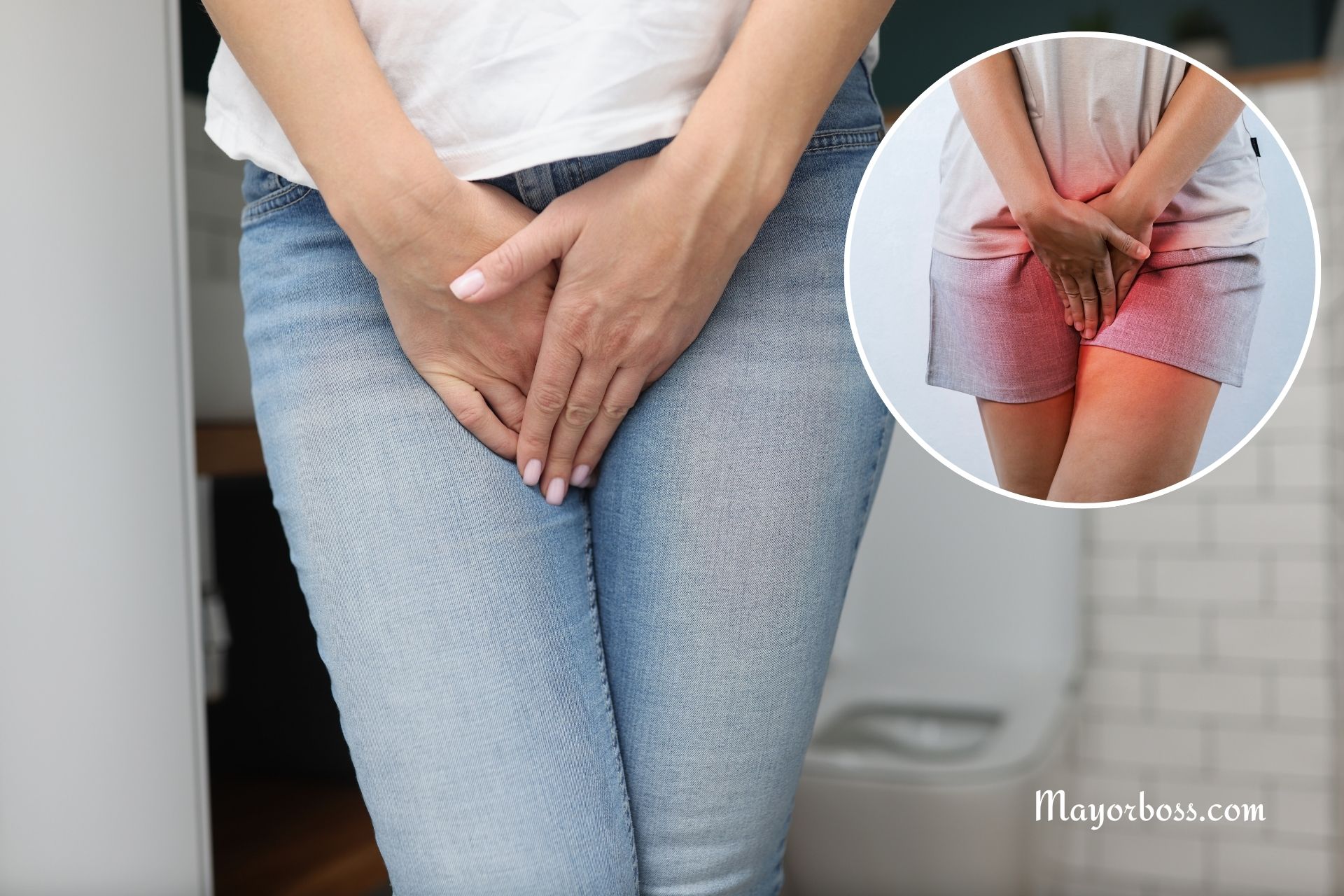Ladies, Never Ignore These 6 Symptoms of Yeast Infection
What Is a Yeast Infection? A yeast infection happens when there is an overgrowth of Candida in the body. This fungus normally lives in small amounts in body part like the mouth, gut, and vagina without causing harm. However, changes in the body can let it grow too much. Using antibiotics, being stressed, or having a weak immune system can upset the natural balance. When this happens, the extra fungus can cause discomfort and lead to symptoms that need attention.
Cleveland Clinic explains that around 75% of women experience yeast infections at least once in their lives, so knowing the signs is crucial. Scroll through the list below to learn about six symptoms you should never overlook.

1. Itching and Irritation
One of the most common signs of a yeast infection is a strong itch in the vaginal area. This itch can be very uncomfortable and may come with irritation and redness. If you feel a lot of itching that does not go away, it might be a sign that you have a yeast infection.
2. Abnormal Discharge
Changes in the type or amount of vaginal discharge can be another yeast infection sign. The discharge might be thicker than usual and can look white or yellowish. While some discharge is normal, a noticeable change in its amount or texture should be checked by a doctor.
3. Pain during Intercourse
If you experience pain when you have sexual intercourse, it could be due to a yeast infection. The pain happens because the infected area becomes sore and inflamed. If sexual activity hurts, it is important to talk to your healthcare provider about it.
4. Burning Sensation
A burning feeling, especially when you urinate, is a clear sign of a yeast infection. This happens because the inflamed tissues react when urine touches them. A sharp or burning pain during urination should not be ignored.
5. Redness and Swelling
Redness and swelling in the vaginal area are common symptoms of a yeast infection. The skin can become tender, making it hurt to touch. This sign is often seen along with itching and irritation. The swelling can also make the area feel tight and uncomfortable.
6. Soreness and Rash
Some women may also notice soreness or a rash in the affected area. The rash might look like small red bumps or patches on the skin. This discomfort can add to the pain from the infection and can affect your daily activities.
Treatment
Most yeast infections are easy to treat. Doctors usually recommend antifungal medications. These medicines can come as creams, suppositories, or pills. Your doctor will tell you which treatment is best based on your symptoms. It is very important to follow the treatment plan exactly as directed. Even if you feel better quickly, you must finish the entire course of medication. This helps make sure the infection does not come back.
Tips to Prevent Future Infections
After you recover from a yeast infection, you might want to try some tips to help stop future infections:
- Practice good hygiene: Wash the vaginal area with warm water and a gentle cleanser that does not have strong chemicals or perfumes.
- Choose the right clothes: Wear underwear made of cotton and loose-fitting clothes. This helps keep the area dry.
- Watch your diet: Try to eat less sugar and refined carbohydrates. A diet high in these foods can encourage yeast growth.
- Manage stress: Stress can weaken your immune system. Find activities that help you relax, such as exercise or hobbies.
- Be careful with antibiotics: Only use antibiotics when a doctor says you need them. Antibiotics can sometimes upset the balance of bacteria and yeast in your body.
When to Seek More Help
Most yeast infections can be treated with a short course of medicine. However, if you have severe symptoms or the infection keeps coming back, you should see your doctor again. Sometimes, a recurring infection can mean that there is another health problem that needs attention. Your doctor might suggest further tests or a different treatment plan if the problem does not improve.
